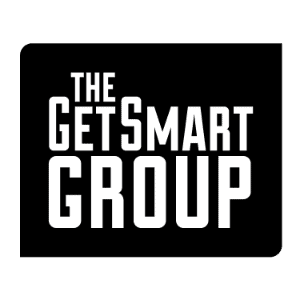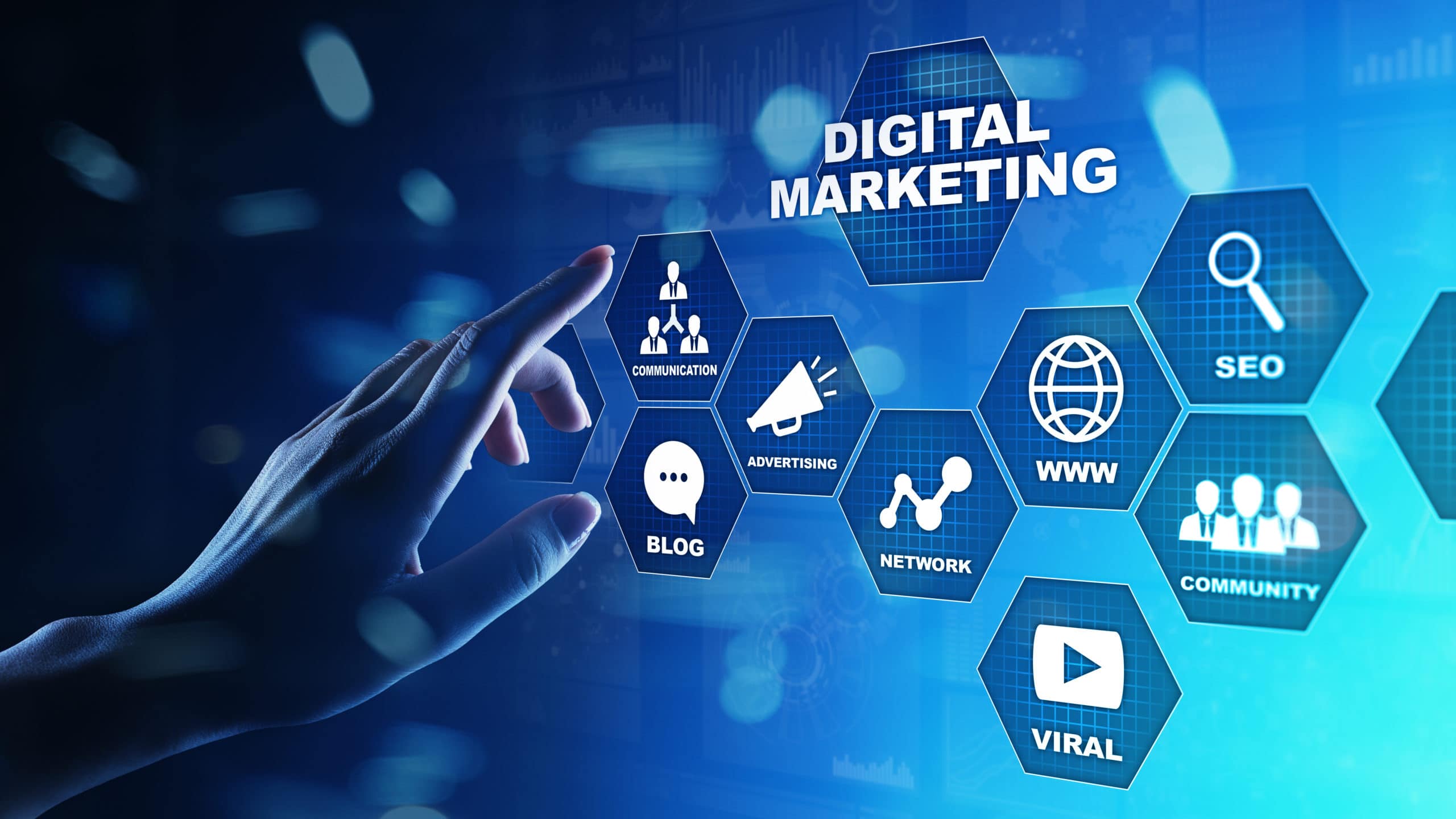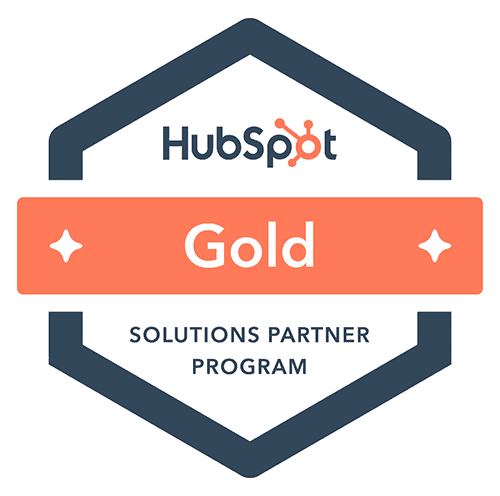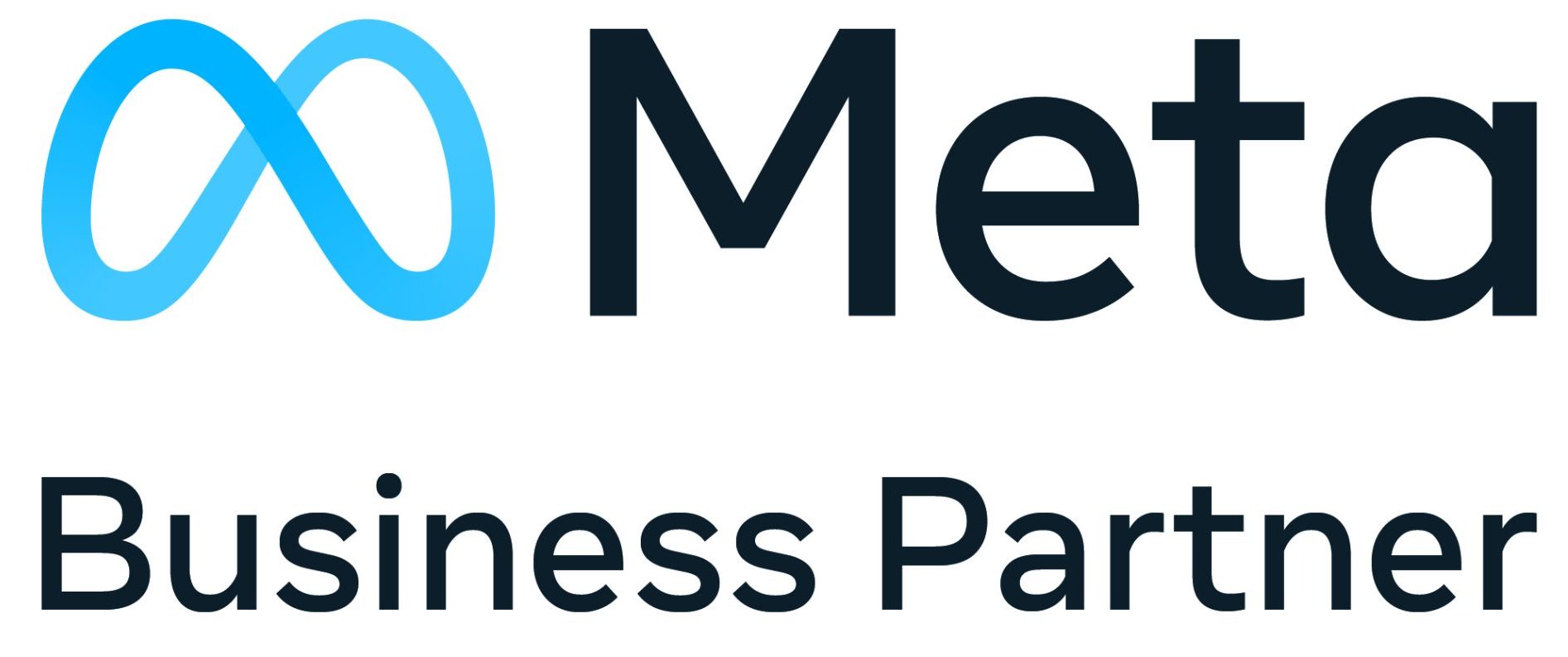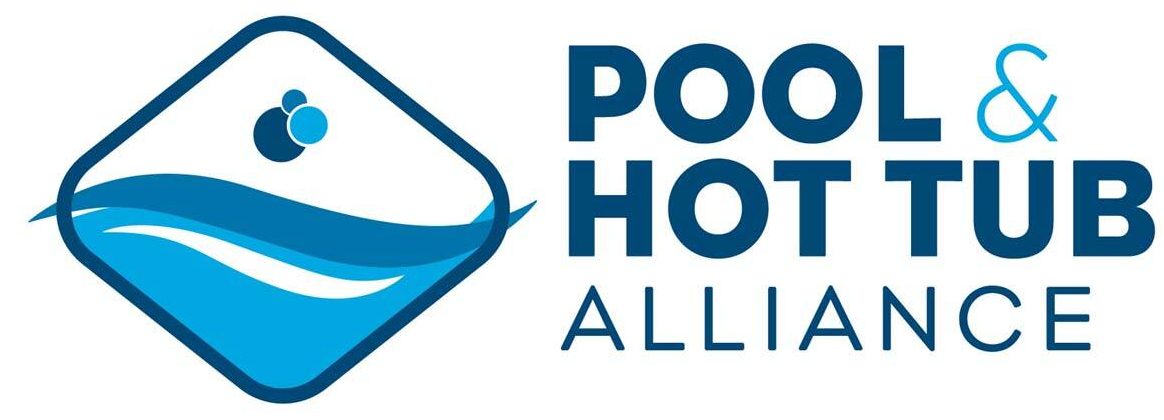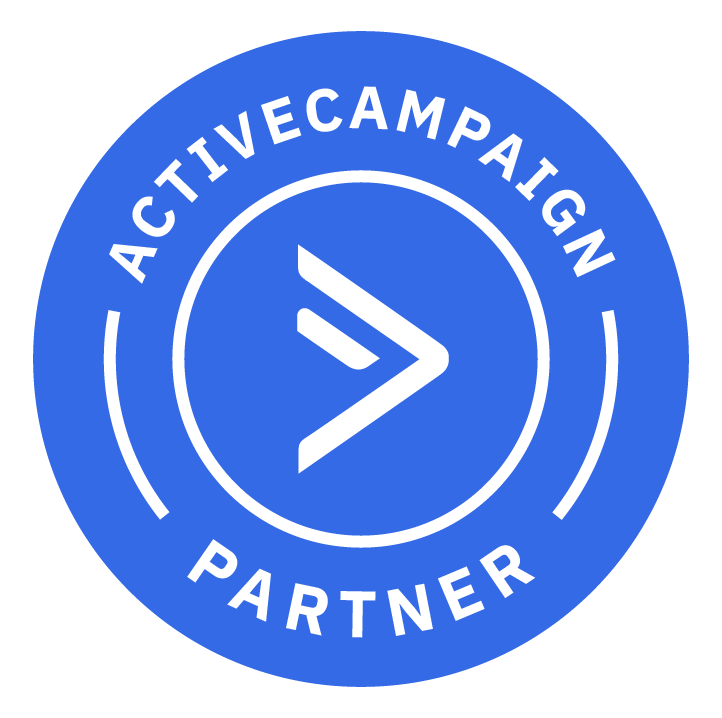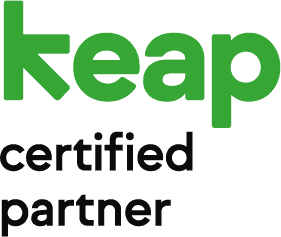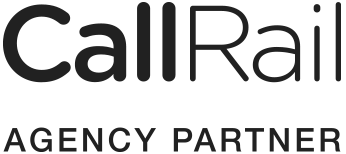“Get on social,” they say. “Social marketing is where it’s at!”
People aren’t seeing your TV ads anymore. They record their favorite shows and watch later – fast-forwarding through your commercials. I can think of better ways to spend two grand. Radio, too, is becoming less useful, as people switch to paid streaming services without ads. We’re almost at that point that social is the only way to consistently, reliably, meaningfully reach most any target demographic.
But just throwing money at social is just as meaningless. Unless you know which platforms are right for your business, you can sink a whole bunch of money in and get precious few results. Or worse, damage your brand image. This is true whether you’re a SAHM trying to make a few extra bucks, or whether you’re an up-and-coming regional chain of stores with some funds in the coffers.
Beware of any marketing agency telling you they have a “proven platform,” because the right platform depends wholly on who your target market is and where they tend to lurk. If you’re selling makeup to preteens, I’m going to send you to Instagram and Snapchat. Selling enterprise software to Fortune 1000 companies? I’ll hook you up on LinkedIn and Twitter. And every business needs a solid strategy for Google ranking (SEO).
This is not a discussion of what each of these platforms is. It’s a solid road map for which one is right for marketing your business. I hope it’s helpful!
Social Platforms and How to Incorporate Them Into Your Marketing Strategy
You know the stats … over 2 billion active users … 68% of American adults use it … Put bluntly, every business (yes, even B2B) needs a Facebook presence. People depend more than ever on this presence to determine what a company is, what they do, and what they stand for. Remember the old adage, “If you don’t invest in a sign for your business, you’ll need one for your Going Out of Business Sale.” That applies to business Facebook pages nowadays.
Facebook offers e-commerce integration and a secondary marketing platform in Messenger. Facebook advertising reaches an incredibly broad audience in terms of age, income, location, education, interests, and everything else.
So, yes. You need an active, engaging, interesting Facebook page and, most probably, a healthy Facebook advertising campaign. ‘Nuff said.
I once heard someone refer to Twitter as The Wild West of Social Media. It sort of is. We’ve all stood in half-shock half-amusement as everyone from top politicians to national fast food chains hurled ghastly insults at one another. Pop some popcorn, it’s a fantastic show.
But unless you’re a regular user, you may never have seen the more civilized side of Twitter. As you’ve seen in the melee, you can build a strong presence there as an Influencer in your field of specialization. While that isn’t directly marketing, it helps whole heaps when you’re trying to market products or services.
Twitter is also the mainstay of the transferring of news and trends, also huge positives for a business building a social presence and brand recognition. Twitter is a nice mix of men and women, though skewed to a younger demographic (18 and up). But you can find those middle-aged, educated business folks there, so it’s good for B2C as well as B2B.
Twitter also leans heavily on Hashtags. This means you can get your name and brand in front of many, many more folks, helping promote your business, industry, and products. Is Twitter a “must have” social platform? That depends on what you’re promoting and to whom. But if you’re going for brand recognition, Twitter’s definitely worth some consideration.
LinkedIn was established as, and remains, THE business social networking platform. As with Facebook, you need a LinkedIn presence just because. It’s a great place for job posting, as well as for networking within your industry and related industries. It’s also a great source for business news, and for a marketer, a solid place to find those elusive educated and high-income leads and connections. Many consumers, especially business buyers, will check a company’s LinkedIn profile in the course of purchase-decision research. Make sure you’re there, with a solid body of smart, attention-grabbing content.
LinkedIn is also a great format for getting out longer-form content that isn’t so visible on your blog when you’re still building a Google presence. A smart LinkedIn strategy can be a totally free marketing platform, aside from the costs of producing the content. It’s an excellent place to take your marketing if you’re a supplier, because you’ll likely find businesses who need your products. LinkedIn is a strong B2B platform, and not at all a good fit for most B2C businesses. Images need to be of the highest quality, since you’re in front of serious business people.
Instagram is heavily focused on images and hashtags. It offers an instant messaging platform, like Facebook, which is handy for managing those leads. Since it is integrated with Facebook, you can manage your Facebook and Instagram metrics together.
Instagram is a much younger audience and strongly skewed female (think Millennial Moms). But it does offer a range of demographics within that subset, from rural to urban and diverse in income and education levels. Just don’t get confused — though the strongest demographic is the younger to 30ish-and-under female audience, that is not to say that you can’t reach many other valuable markets on this platform. (Same with the others.)
If this sounds like your target market, Instagram is strong and growing, with 1 billion active users. Success depends on beautiful, compelling images and an ability to connect on a deeper level than, “We want to sell you this.” Just be ultra careful when using hashtags. Many seemingly benign hashtags (think #MeToo and #WhyIStayed) take on lives of their own and come to mean very particular things. Misusing hashtags has caused more than a few businesses some unwanted press.
Instagram is not the best platform for B2B, but can be a strong consumer connection, if you have the ability and willingness to produce lots of high-quality, compelling images and messages.
Pinterest is also strongly driven by visually-stimulating content, and like Insta, skews female. It also offers a broad range of ages, income levels, educational levels, and locations, from rural to urban. You can sell directly from Pinterest, so if you’re into e-commerce, it’s definitely worth a look-see.
Much like Insta, Pinterest is virtually worthless for B2B, but can be a great way to connect with female consumers of all ages and backgrounds, as well as certain niche groups, such as bakers, woodworkers, gardeners, etc.
YouTube
Your typical YouTube user is a male, age 18 to 49, but I’m afraid this little statistic has scared away countless marketers who would do quite well in the YouTube universe. The video platform is absolutely ideal for explaining more complex products and concepts, and this applies equally to B2C and B2B.
YouTube gives you the ability to target very specific groups in terms of interests and activities. Say, for instance, your target demographic is a fisherman who frequents the Ozarks. Or a woman who likes old-school crafts like tatting. You can hone into a truly tight niche market on YouTube in a way that’s difficult or impossible on other platforms.
You can market via YouTube by simply buying ads, but that’s really undercutting the power of the platform. The real breadwinner is the business who can leverage a YouTube channel to connect with their target audiences and build a rapport. People sincerely start caring about the personalities they watch, and if you respect and protect their confidence, that’s hardcore brand recognition and serious brand loyalty.
The key to YouTube is, well duh, you have to produce good video. It doesn’t necessarily have to be Hollywood quality, but you need to be able to get the sound right, so the voices can be heard over the music and people can actually understand your speaker. The lighting has to be good enough for people to see and to enjoy the video’s content. Make it about something. Answer questions people have. Show them how to do something complicated. Show them how you make your products. Who makes your products. How to use your products.
My personal favorite example of the true potential for business YouTube channels is The Sauce by All Things Barbecue. Yeah, I’ve gladly parted with my monies for their grilling gloves and other implements I see used on the show. Fan-girling over Chef Tom has lightened my wallet a few times, and most likely will again. Yet without their YouTube efforts, I wouldn’t know the place exists! It’s over 1,000 miles away. That’s the power and potential of YouTube.
Social Platforms You Can Pretend Don’t Exist
If you own a business, you probably get lots of unsolicited calls and emails from marketers. And it’s possible you’ve heard them or some up-and-coming marketing blog toss around other social networks, like Snapchat and TikTok. While these platforms are significantly large and growing, there are very few businesses who would do well to spend marketing dollars there. The audiences are incredibly young (no disposable income), and the nature of the platform is quite fleeting.
Snapchat
Snapchat, for instance, deletes posts almost immediately and Stories after 24 hours. Few serious marketers have the time and energy to crank out fresh, relevant content on the daily.
Craigslist
The same goes for Craigslist – unless you’re able to post practically every other day, it’s more exhausting than productive for most products (though there are exceptions).
TikTok
TikTok gets a lot of press because it’s growing so quickly. But the audience is so young, there really isn’t a lot of money to tap into there. TikTok, if you’re wondering, isn’t a lot different than the old Vine you may remember from social platforms past. TikTok allows users to post short, 6-second videos, making it a very difficult platform for advertisers to leverage.
The social platforms highlighted on this list are really the ones businesses need to focus on, and a strategy involving only one or two is usually sufficient for most small businesses, especially those with local markets. A marketing strategy for local brick-and-mortar stores looks wholly different from a regional, national, or international e-commerce site. Be sure to consider the width and breadth of your preferred audience when choosing a social platform for marketing. The ability to hone in on your target audience is essential for minimizing spend and maximizing conversions.
